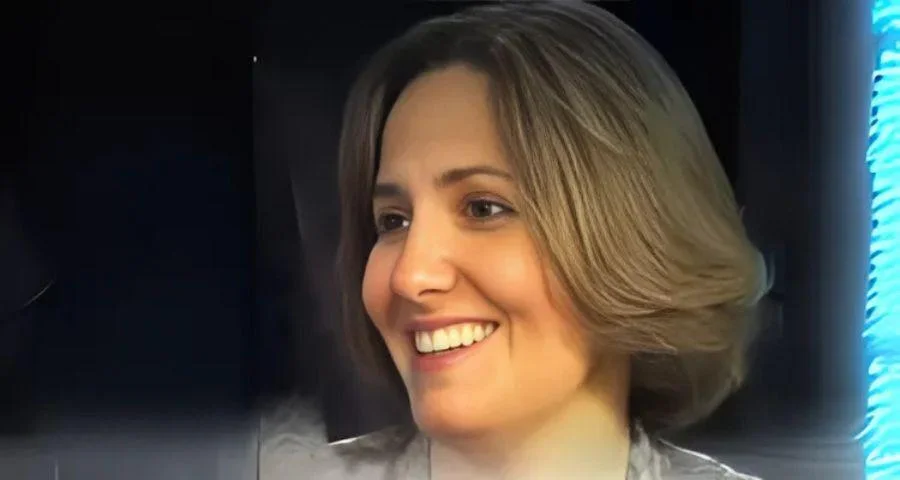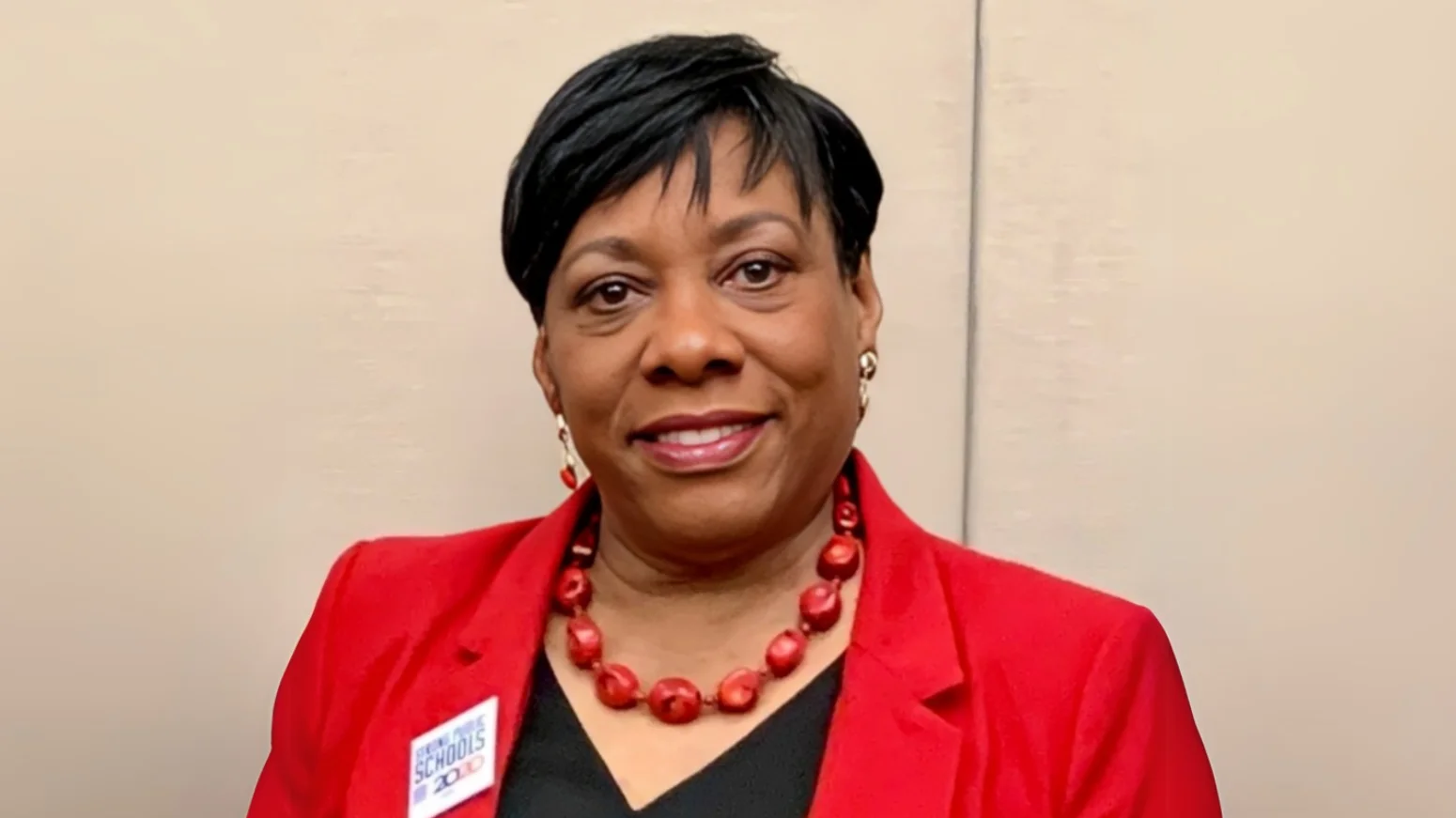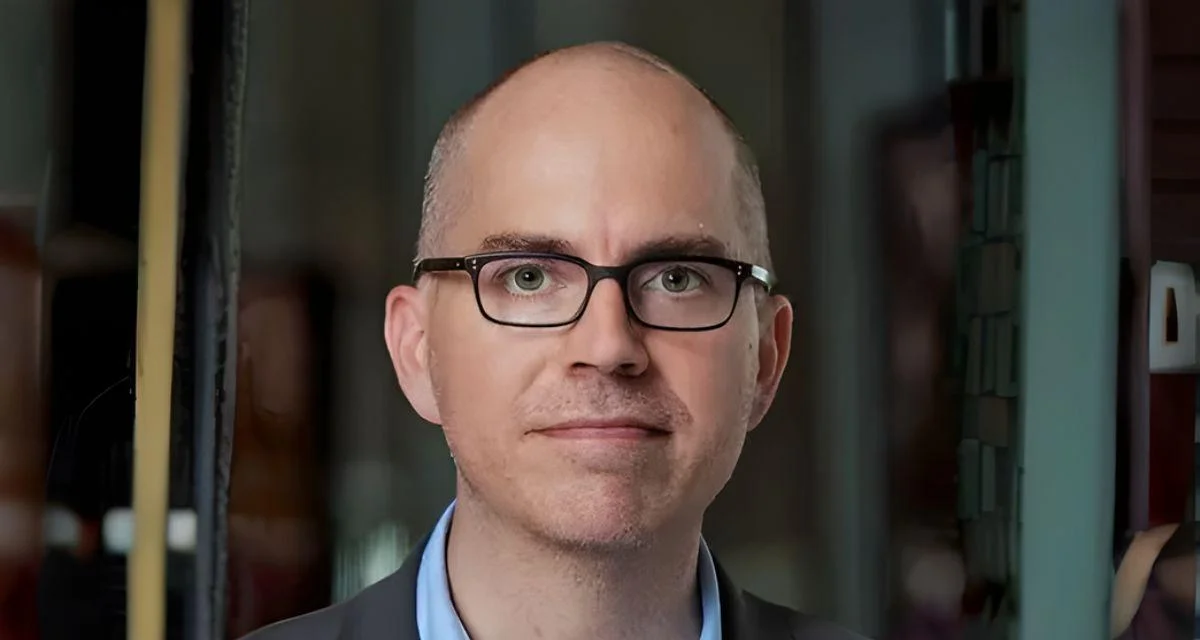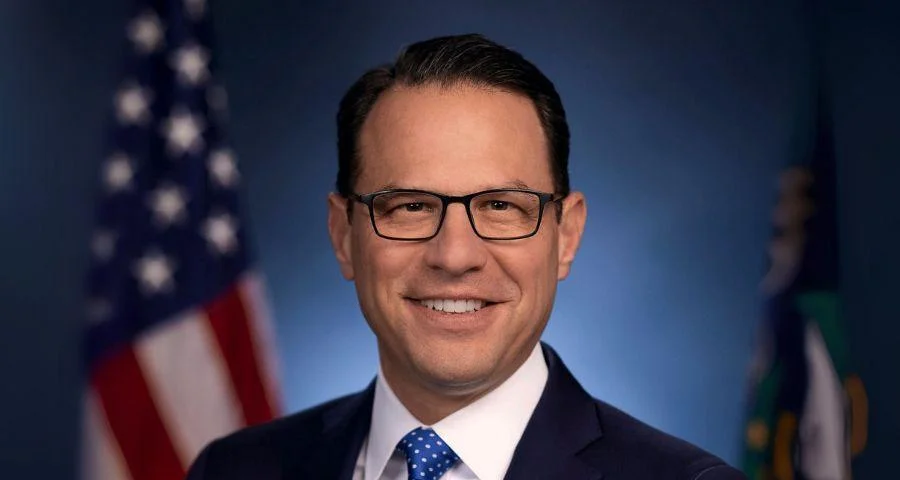
Elizabeth “Betsy” Corcoran, Co-founder and CEO | EdSurge Research
This summer, a teacher observed her children, aged 11 to 19, learning alongside their younger cousins, aged 6 to 9. Despite the age difference, the children shared knowledge and skills through activities such as playing at the pool, visiting a science museum, making friendship bracelets, and creating stop-motion videos. These interactions reinforced her belief in the effectiveness of multi-age groups for learning.
She noted that throughout history and across cultures—including extended families and hunter-gatherer societies—children have naturally gathered in mixed-age groups for socializing and learning. Researchers such as Peter Gray, Alison Gopnik, and Jonathan Haidt have studied how learning from peers of different ages supports development. "We are wired to be social learners, and mixed-age groups have always been one of the key ways that young people learn about the world, themselves and living in community with others," she wrote. She argued that only modern schools separate students strictly by age.
According to her experience teaching combined fifth- and sixth-grade classes for twelve years, multi-age classrooms offer significant benefits. Older students often take on leadership roles, helping younger peers understand routines and academic concepts while deepening their own knowledge through teaching. She explained: "There was an expectation that not everyone was in the same place with their learning, and that was OK. Students knew that they would learn from each other, and eventually, everyone would become both the student and the teacher."
The teacher contrasted this with single-grade classrooms where comparison and competition are more common. She described how children in these environments tend to focus on who excels at certain tasks rather than supporting each other's growth. This competitive atmosphere can discourage risk-taking and curiosity.
She also reflected on “buddy time,” a practice where older students work with younger ones on reading or crafts. While often treated as an extra activity rather than a core part of instruction, she found it particularly valuable for students who struggled academically but excelled socially or emotionally when paired with younger buddies.
The teacher called for schools to rethink their organization: "As we look to evolve schools for the future, we should reduce age segregation and increase opportunities for age mixing and multi-age grouping as a way to harness cognitive diversity and further engagement and learning." She suggested integrating more academic content into multi-age activities so all students can benefit from diverse peer interactions.
She pointed out that alternative models like Montessori or Sudbury schools already implement mixed-age learning successfully but face barriers to broader adoption due to traditional perceptions about schooling.
At home near the end of summer break, her family gathered around a butterfly emerging from its chrysalis—a moment shared equally by all ages—and she saw it as an example of how meaningful shared experiences can transcend age differences.
###




 Alerts Sign-up
Alerts Sign-up